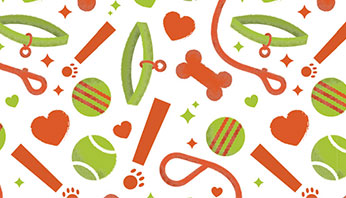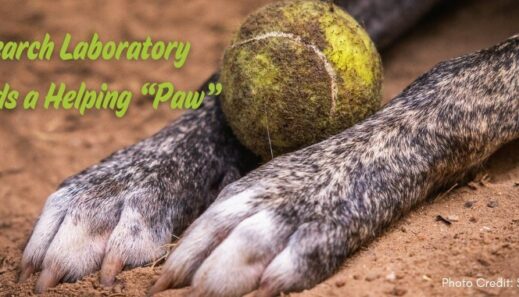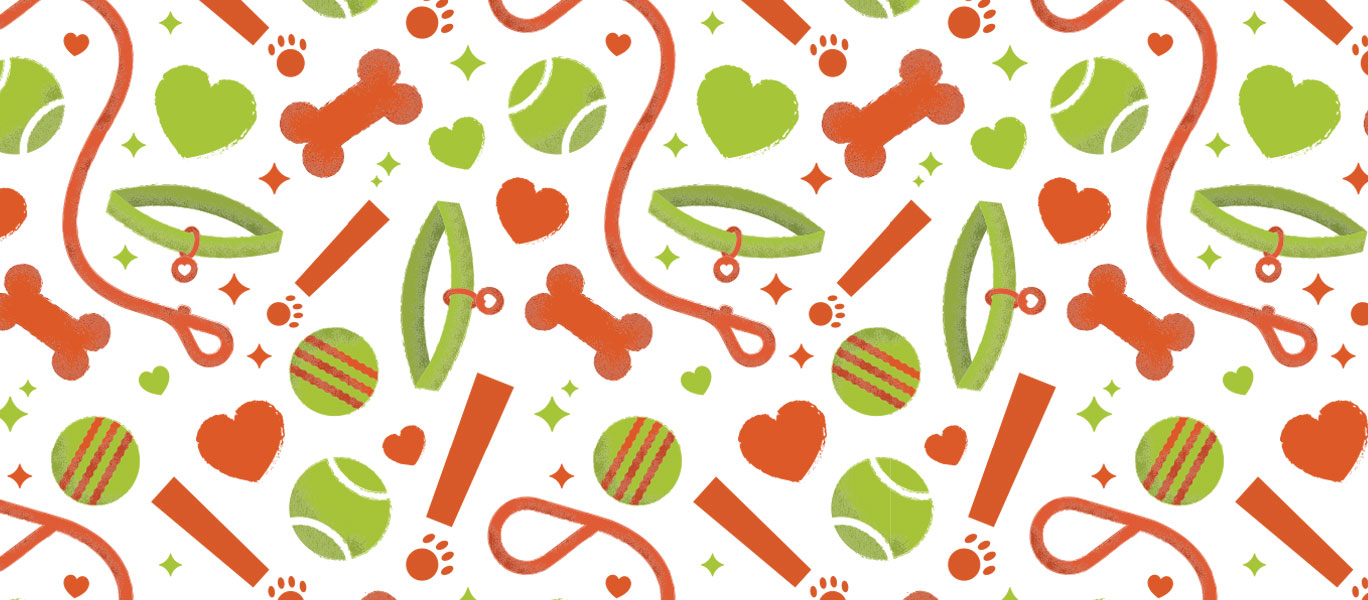
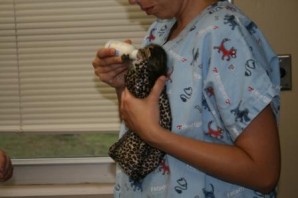 A big part of Austin maintaining a 90%+ live outcome rate this summer is due to the people who work in our bottle baby program. While dog intake at the Austin Animal Center is almost steady throughout the year, in the spring and summer, feral cats breed and kittens flood the shelter, causing cat intake to spike in these months.
A big part of Austin maintaining a 90%+ live outcome rate this summer is due to the people who work in our bottle baby program. While dog intake at the Austin Animal Center is almost steady throughout the year, in the spring and summer, feral cats breed and kittens flood the shelter, causing cat intake to spike in these months.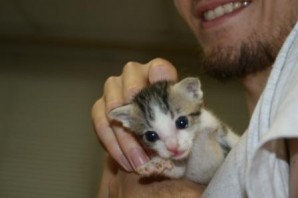 While we grieve for each and every kitten who does not make it, we celebrate the 1,100 kittens who did make it and would have died at the city shelter if we hadn't tried to save their lives. Watching a tiny baby grow up, get adopted, and become a beloved pet makes it all worth it.
While we grieve for each and every kitten who does not make it, we celebrate the 1,100 kittens who did make it and would have died at the city shelter if we hadn't tried to save their lives. Watching a tiny baby grow up, get adopted, and become a beloved pet makes it all worth it.